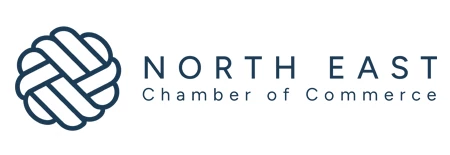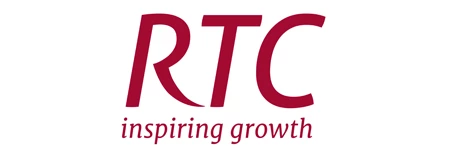Partner Article
Talking tax: All change
In the run up to the general election, it is interesting to look back over the changes in the tax system over the terms of the present government. The following table summarises the main rates in force at the last change of government in 1997 and the position as it stands today.
Basic rate income tax
1997-98: 23%
2010-11: 20%
Higher rate income tax
1997-98: 40%
2010-11: 40%
Additional rate income tax (over £150,000)
1997-98: -
2010-11: 50%
National insurance main rate (employees/employers)
1997-98: 10% / 10%
2010-11: 11% / 12.8%*
National insurance additional rate (employees)
1997-98: -
2010-11: 1%*
National insurance class 4 (self employed)
1997-98: 6%
2010-11: 8%*
Capital gains tax
1997-98: Income tax rates
2010-11: 18%
Corporation tax small companies rate
1997-98: 21%
2010-11: 21%
Corporation tax mainstream rate
1997-98: 31%
2010-11: 28%
*Due to rise to 12%,13.8%, 2%, and 9% in 2011-12
Many of the other major changes introduced over the last twelve years have also been abolished, including:
- A starting rate of corporation tax of 10% in 2000 and 2001, followed by 0% for the following four years (until 2005).
- The ‘non corporate distribution rate’; introduced as a measure to discourage tax motivated incorporations resultant from the 0% starting rate and which subjected profits withdrawn by shareholders to tax at 19% rather than 0% rate. The 2006 Budget abolished both the ‘non corporate distribution rate’ and the 0% starting rate of corporation tax.
- A starting rate of income tax of 10% in 1999-00, subsequently withdrawn in 2008-09.
- Taper relief, introduced in 1998 to replace indexation allowance for individuals: Non business asset taper relief gave a rate of capital gains tax between 40% and 24% depending upon length of ownership (up to ten years), whilst business asset taper relief resulted in an effective rate of capital gains tax of 10% after only two years ownership. Both reliefs were abolished for individuals in 2008 in favour of a flat rate of capital gains tax of 18% and entrepreneurs’ relief provides for the 10% rate of tax on business asset gains up to a maximum lifetime limit of £2M.
One of the major changes that remain, is the transferability of the inheritance tax nil rate band between spouses (although it was always possible to achieve the effect of this with appropriate planning).
Overall, although there have been some significant changes at various points in time over the period, the current position is not altogether dissimilar from the position in 1997. Income tax is down on middle incomes but national insurance has increased on all incomes. Tax on higher incomes has increased and although capital gains tax appears comparatively low compared to income taxes, there is no longer any allowance for the growth in asset values due to inflation.
Sarah Arnold is Director of Tax at RMT Accountants & Business Advisors and can be contacted on 0191 2569500 or email sarah.arnold@r-m-t.co.uk
This was posted in Bdaily's Members' News section by Ruth Mitchell .
Enjoy the read? Get Bdaily delivered.
Sign up to receive our popular morning National email for free.








 A welcome step forward – but let’s keep pushing
A welcome step forward – but let’s keep pushing
 Industrial strategy 'can drive business forward'
Industrial strategy 'can drive business forward'
 Industrial strategy 'can be game-changer we need'
Industrial strategy 'can be game-changer we need'
 Driving skills forward with near £100,000 boost
Driving skills forward with near £100,000 boost
 What pension rule changes could mean for you
What pension rule changes could mean for you
 North East can't be an afterthought in AI future
North East can't be an afterthought in AI future
 Understanding the impact of the Procurement Act
Understanding the impact of the Procurement Act
 Is the UK losing ground in life sciences investment?
Is the UK losing ground in life sciences investment?
 Construction workforce growth can't be a quick fix
Construction workforce growth can't be a quick fix
 Why it is time to give care work a makeover
Why it is time to give care work a makeover
 B Corp is a commitment, not a one-time win
B Corp is a commitment, not a one-time win
 Government must get in gear on vehicle transition
Government must get in gear on vehicle transition